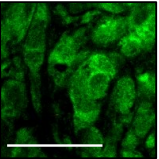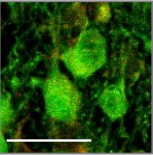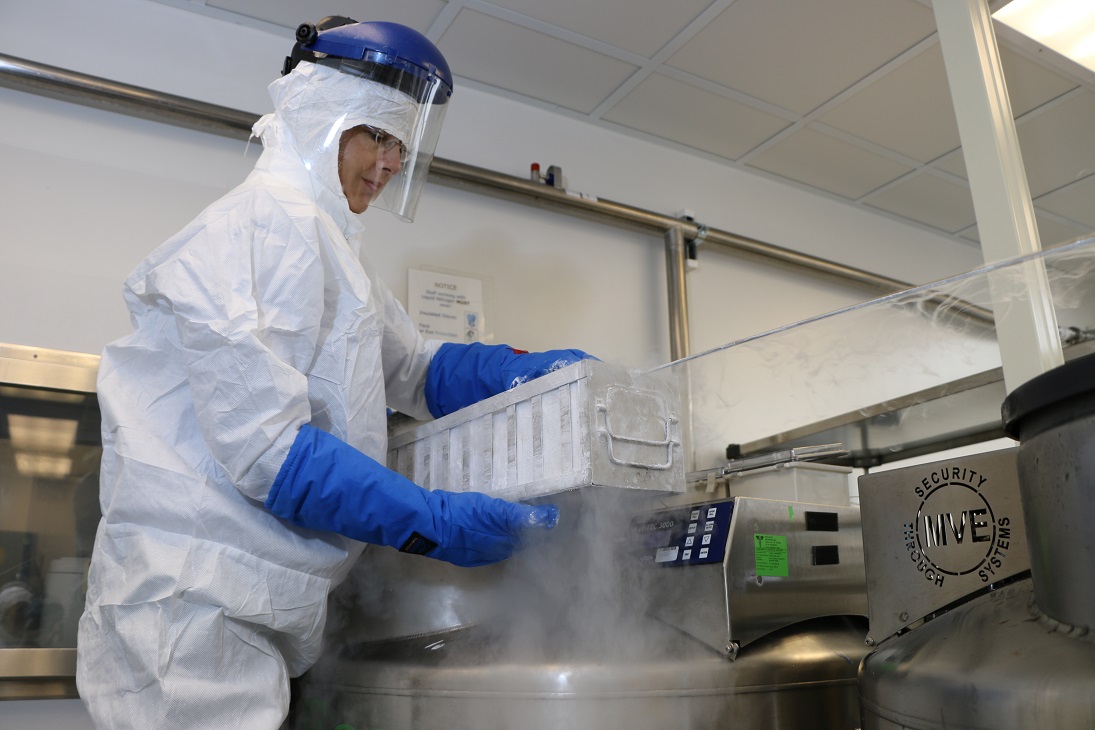Unanticipated findings cast new light on the genetic regulation of different brain tumors
Cancer cells express different genes than normal cells, and these new gene expression patterns are key to cancer behavior. One way cells can alter gene expression is by adding small chemical modifications to the DNA or associated proteins called epigenetic markers that determine which genes are turned on or off.


Take brain tumors, for example. A team led by researchers at Baylor College of Medicine has investigated the genetic regulation of brain tumor behavior. Specifically, they studied Sox9-mediated mechanisms of epigenetic dysregulation in two mouse models of human brain tumors: high-grade glioma (HGG) and ependymoma (EPN).
“Sox9, a well-known transcription factor, has emerged as a key regulator of epigenetic modifications and gene expression programs that contribute to brain tumor growth; however, how Sox9 achieves this is not well known,” said co-first author Dr. Debosmita Sardar, postdoctoral associate in the lab of Dr. Benjamin Deneen at Baylor.


“We knew that Sox9 is elevated in both HGG and EPN. Also, we knew that these tumors have different epigenetic profiles,” said co-first author Hsiao-Chi-Eileen-Chen, graduate student in the Deneen lab. “We wanted to know whether Sox9 was involved in shaping these distinct profiles and the mechanism that led to them.”
Unexpected findings
“We expected that Sox9’s contribution to set up the tumors’ epigenetic patterns would be the same,” said Deneen, professor and Dr. Russell J. and Marian K. Blattner Chair of neurosurgery and the Center for Cancer Neuroscience at Baylor. Deneen also is the corresponding author of the work.

“The function of a gene, in this case Sox9, is assumed to be the same regardless of the cell type in which the gene is expressed. We found something unexpected in that Sox9 function was dramatically different in these two different tumors.”
The researchers manipulated Sox9 expression in the mouse models and found that increasing Sox9 suppressed tumor growth in HGG but promoted it in EPN. Surprisingly, Sox9 regulated the epigenetic patterns of HGG and EPN in different ways. In HGG, Sox9 mediated its effect by interacting with a group of proteins called histone deacetylation complex, while in EPN Sox9 interacted with oncofusion proteins. Sox9 has different protein-protein interactions in different tumors.
This is what is really driving the different ways Sox9 regulates epigenetic patterns in these tumors,” Sardar said. “Its actions are tumor-specific and we essentially took advantage of state-of-the art proteomic technologies to uncover these distinct mechanisms.”
The human connection
“Importantly, we also see these distinct Sox9 protein-protein interactions in human HGG tumor samples graciously provided by Dr. Ganesh Rao, Marc J. Shapiro professor and chair of neurosurgery at Baylor,” Chen said. “Also, our collaboration with Dr. Stephen Mack at St. Jude Children’s Research Hospital was crucial for comparing epigenetic datasets of our mouse models with clinical tumor samples from human patients.
This revealed a strong overlap between epigenetic profiles in our mouse models and human tumors, establishing these mouse models as powerful tools to understand clinically relevant tumor behaviors. These findings suggest new possibilities for developing novel therapies directed at epigenetic mechanisms.”
Looking to read all the details of this work? Find it in Proceedings of the National Academy of Sciences.
Other contributors to this work include Amanda Reyes, Srinidhi Varadharajan, Antrix Jain, Carrie Mohila, Rachel Curry, Brittney Lozzi, Kavitha Rajendran, Alexis Cervantes, Kwanha Yu, Ali Jalali and Ganesh Rao. The authors are affiliated with one or more of the following institutions: Baylor College of Medicine, Center for Stem Cells and Regenerative Medicine at Baylor, Center for Cancer Neuroscience at Baylor, St. Jude Children’s Research Hospital, University of Houston and Texas Children’s Hospital.
Financial support for this project was provided by grants from the National Institutes of Health (R01-NS071153 to BD, R01-NS124093, R01NS094615, K08-NS110976, 1R01NS116361, 1K99-DC019668, P30 CA125123, S10OD026804), National Cancer Institute-Cancer Therapeutic Discovery (U01-CA217842) and the Diana Helis Henry and Adrienne Helis Malvin Medical Research Foundation. Further support was provided by an ALSF A Award, a CPRIT Scholar in Cancer Research Award, CPRIT Core Facility Award (RP210227), Pediatric Brain Tumor Foundation, V Scholar Foundation and ALSAC St Jude Children’s Research Hospital.



